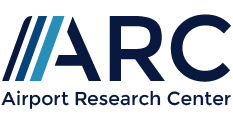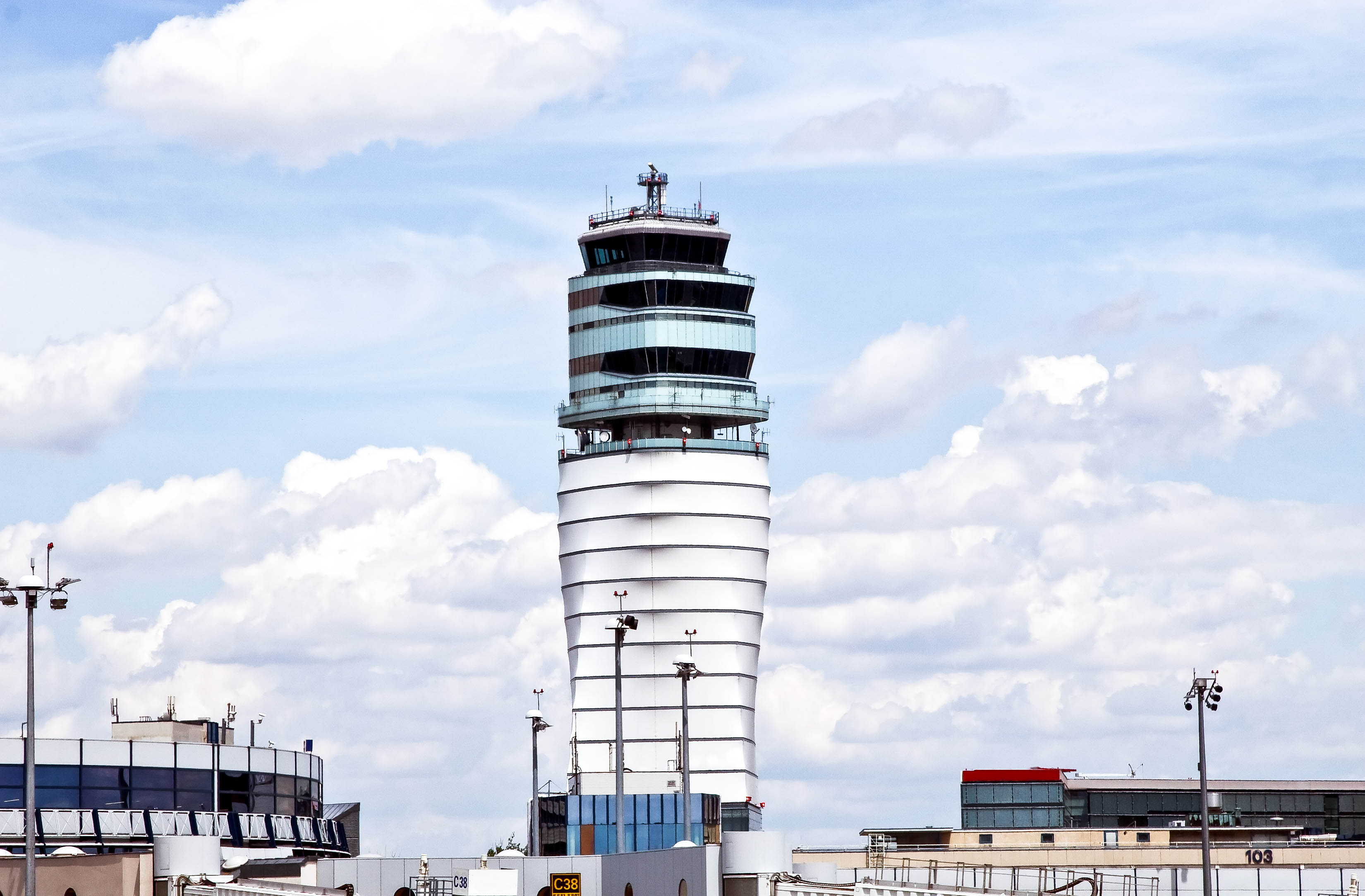
Bogota El Dorado International Airport
Runway Capacity Analysis and Enhancement
By using a ‘virtual airport’ as testbed for what-if scenarios, operational strategies could be optimized without disturbing the actual traffic flow.
Project Overview
Bogota El Dorado International Airport is one of the biggest airports in Latin America. Strong growth in the past years let the airport operate close to its capacity limit. Several expansions are already in progress. In addition, El Dorado Airport was looking for options to optimize procedures to increase the capacity of the existing infrastructure. Based on CAST Aircraft ARC conducted a Runway Capactiy Analysis. The project was delivered in collaboration with IATA Airport Consulting.
Services provided
After a data collection and stakeholder interviews on-site, ARC set-up a comprehensive airport model to investigate the runway, near airspace and taxi system capacities for different operational concepts and ATM procedures. As a result the model delivered different Key Performance Indicators (KPI) to assess the infrastructure components, allowing to identify bottlenecks. Based on this, ARC suggested measures for mitigation. As an example the current ATM procedures were contrasted with new ones. The model clearly showed the impact and increase on possible hourly movement capacity. Having optimized the ATM procedures in the near airspace, the simulation model could also be used to forecast the additional demand on ground: How many stands would be required now? How would this effect the usage of runways and taxiways? The model had the answer and helped to elaborate new strategies for the future.
Results and Benefit
Having a ‘virtual airport’ as testbed for new operational strategies was very helpful for the project team of El Dorado International Airport. New concepts could be tested without disturbing the actual traffic flow and more efficient ATM procedures could be identified as well as optimized operational concepts and stand allocation strategies. All these measure allowed El Dorado Airport to enhance the capacity without building new infrastructure. The results and conclusions derived from the project will be used as an important baseline for the forthcoming decision-making process within the further future expansion planning.
The services for this project have been provided in cooperation with IATA.
Tools used

- Runway Capacity Analysis and Enhancement (thoughput, delays, queues)
- Airspace Capacity Analysis and Enhancement (thoughput, delays)
- Aircraft Stand Capacity Analysis and Enhancement (demand, capacity)
- Taxiway Capacity Analysis and Enhancement (thoughput, delays, queues)







